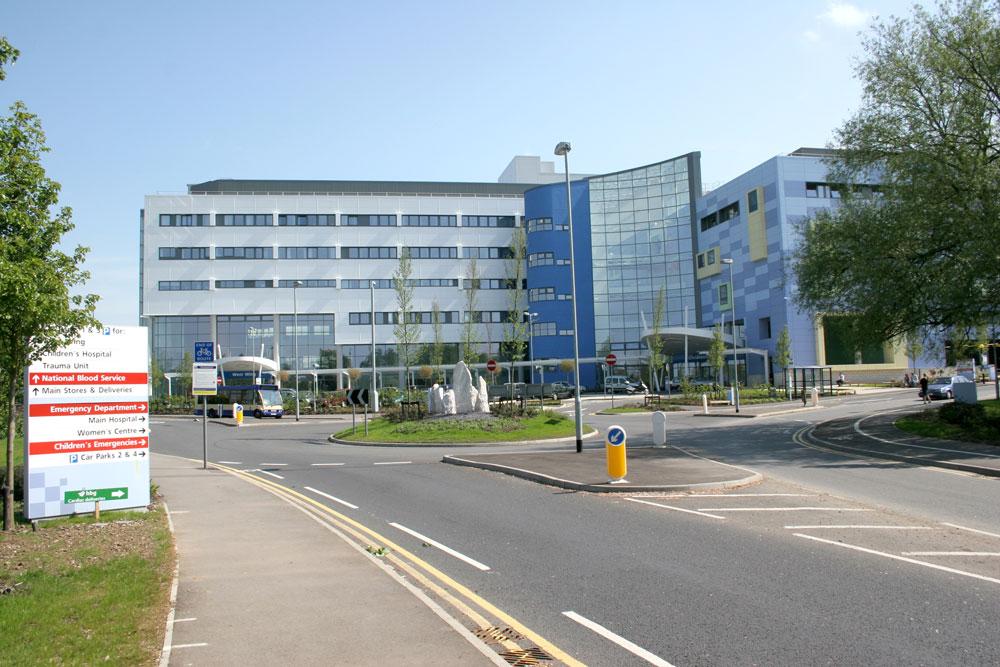Back in May, the Department of Health and Social Care announced that five hospitals that were built using mostly reinforced autoclaved aerated concrete (RAAC) would be rebuilt by 2030 as part of the New Hospital Programme
According to the Department, patients and staff would benefit from safe, state-of-the-art new facilities and improved care.
The government has also announced that over £20 billion is expected to be spent on new hospital infrastructure.
The hospitals included are Airedale in West Yorkshire, Queen Elizabeth King’s Lynn in Norfolk, Hinchingbrooke in Cambridgeshire, Mid Cheshire Leighton in Cheshire and Frimley Park in Surrey, all of which have significant amounts of reinforced autoclaved aerated concrete (RAAC).
RAAC is a lightweight type of concrete used to construct parts of the NHS estate in the past. However, at the end of its limited lifespan, it deteriorates significantly.
West Suffolk Hospital in Bury St Edmunds and James Paget Hospital in Norfolk, which are also affected, have already been announced in the New Hospital Programme and these are set to be prioritised.
In May, health and social care secretary Steve Barclay reiterated the government’s commitment to eradicating RAAC from the NHS estate. He stated that seven hospitals in England were constructed, either wholly or in major part, with RAAC, and an independent assessment shows they are not safe to operate beyond 2030.
At the time of the announcement, Barclay said: “These five hospitals are in pressing need of repair and are being prioritised so patients and staff can benefit from major new hospital buildings, equipped with the latest technology.
“On top of this I’m strengthening our New Hospital Programme by today confirming that it is expected to represent more than £20 billion of new investment in hospital infrastructure.
“As we approach the 75th anniversary of our fantastic NHS, this extra investment will ensure it can care for patients for decades to come and help cut waiting lists so they get the treatment they need quicker.”
What’s the problem?
RAAC was used a lot to build hospitals between the 1960s and 1990s, however it was only ever meant to be a temporary fixture, as the material has a 30-year life expectancy. There is a large amount of air in RAAC, meaning that it is vulnerable to water ingress and it loses tensile strength over time. The material was used as a cheap and lightweight alternative to normal concrete. However, a lot of this RAAC has now come to the end of its lifespan.
Many hospitals are using emergency supports and monitoring systems. Queen Elizabeth Hospital in King’s Lynn was built in 1980 and 79 per cent of its hospital buildings have RAAC. Based on a national expert view, the hospital has an end-of-life date of 2030. In a modernising the hospital document published last year, it was stated: “There is no ‘plan B’ for QEH – after 2030 we may not be able to continue providing all core services to local people. The very worst-case scenario is that parts of the hospital may have to close if a long-term solution is not confirmed.
The situation at QEH has resulted in temporary closures of services, with the critical care unit closing for two weeks in 2021 and three theatres closing for four days in July 2022. At the time, props and failsafes were installed across 56 areas of the hospital – however, this only addressed 8 per cent of the RAAC issues.
Demolition has recently begun on the Inspire Centre at the hospital to be replaced by a multistorey carpark. A new hospital will then be built on the existing parking area.
There is no doubt that RAAC is posing massive problems for NHS estates across the country. It is hoped that this recently announced funding will be the catalyst to start addressing the problem.





